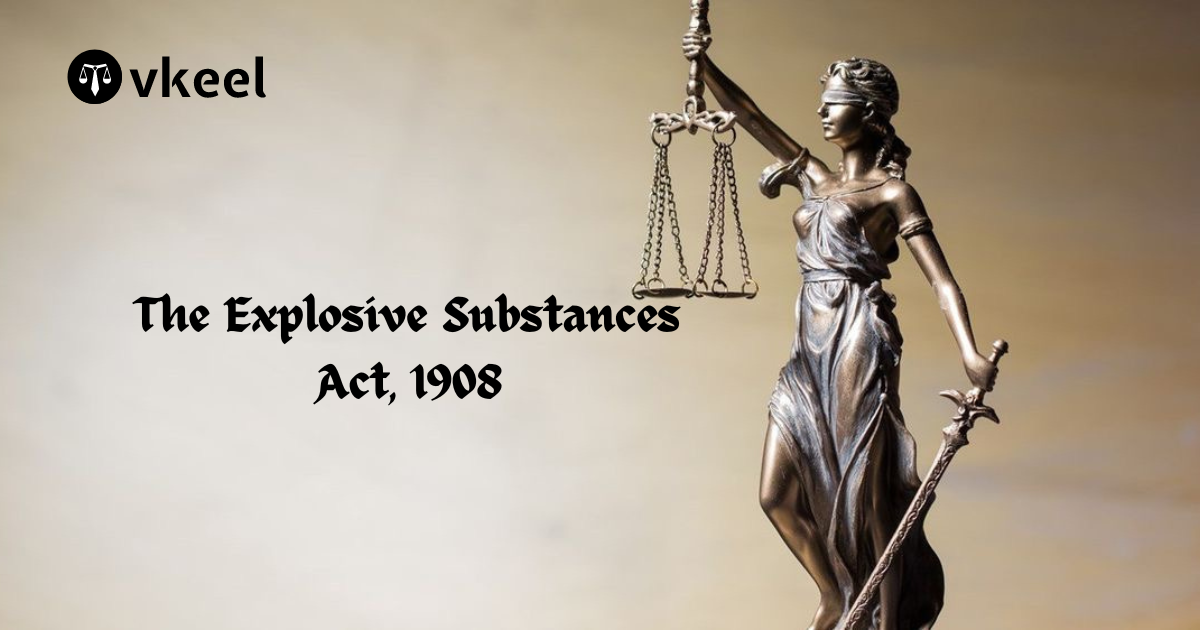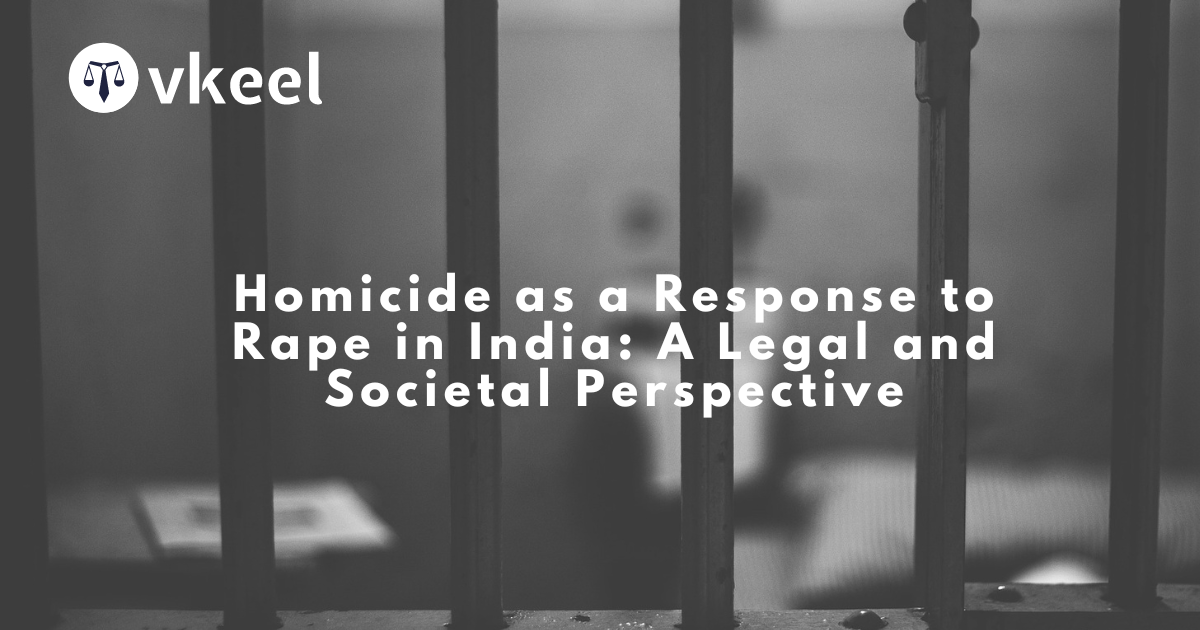Legal Approaches to Combat Human Trafficking
By Himanshu Kumar
Table of Contents
Introduction
Human trafficking is a grave violation of human rights, impacting millions of individuals globally. It is a multifaceted crime involving exploitation for purposes such as forced labor, sexual exploitation, and organ trafficking. Combating human trafficking requires comprehensive legal approaches, including robust legislation, stringent enforcement, and international cooperation.
The primary reason to combat human trafficking in India is the protection of human dignity and rights. Trafficking is a severe violation of individuals’ rights, often subjecting victims to inhumane conditions, forced labor, sexual exploitation, and various forms of abuse. This exploitation not only strips victims of their freedom and autonomy but also inflicts profound psychological, physical, and emotional trauma. In a country like India, where millions live in poverty and marginalization, traffickers exploit these vulnerabilities, making it crucial to uphold the rule of law and ensure that all individuals, regardless of their socio-economic background, are protected from such heinous crimes.
Furthermore, combating human trafficking is essential for safeguarding public health, safety, and social stability. Trafficked individuals are often forced into situations that expose them to severe health risks, including sexually transmitted infections, and psychological disorders. The spread of diseases and the destabilization of communities can have broader societal impacts, undermining public health efforts and economic development. By implementing effective legal frameworks, enhancing enforcement mechanisms, and promoting awareness and victim support services, India can significantly mitigate the scourge of human trafficking, ensuring a safer and more just society for all its citizens.
International Legal Framework
1. United Nations Protocol to Prevent, Suppress and Punish Trafficking in Persons, Especially Women and Children (2000): Also known as the Palermo Protocol, this international treaty is a cornerstone in the global fight against human trafficking. It provides a comprehensive framework for criminalizing trafficking, protecting victims, and promoting international cooperation. Signatory countries are required to enact domestic laws in alignment with the Protocol’s provisions.
2. International Labour Organization (ILO) Conventions: ILO Conventions No. 29 (Forced Labour Convention) and No. 182 (Worst Forms of Child Labour Convention) play a crucial role in addressing trafficking for labor exploitation. These conventions obligate member states to take effective measures to eliminate forced labor and the exploitation of children.
National Legal Frameworks
United States
1. Trafficking Victims Protection Act (TVPA) (2000): The TVPA is the primary federal law addressing human trafficking in the United States. It established severe penalties for traffickers, provided support for victims, and created the Office to Monitor and Combat Trafficking in Persons. The TVPA has been reauthorized several times, with each reauthorization strengthening provisions related to victim protection and law enforcement.
2. Case Law: United States v. Kil Soo Lee (2005): This landmark case involved the trafficking of over 200 Vietnamese and Chinese workers to a garment factory in American Samoa. The traffickers were convicted under the TVPA, with the court recognizing the severe exploitation and forced labor the victims endured.
India
1. The Immoral Traffic (Prevention) Act (ITPA) (1956): The ITPA is the primary legislation for preventing trafficking for commercial sexual exploitation in India. It criminalizes trafficking-related activities such as procuring, inducing, or taking a person for the sake of prostitution.
2. The Trafficking of Persons (Prevention, Protection, and Rehabilitation) Bill (2018): This proposed bill aimed to create a comprehensive legal framework for combating trafficking in India. It included provisions for the prevention, rescue, and rehabilitation of trafficking victims. Although it lapsed, it highlighted the need for a more robust anti-trafficking law in the country.
3. Case Law: Budhadev Karmaskar v. State of West Bengal (2011): This case led to significant judicial intervention in trafficking matters in India. The Supreme Court emphasized the need for comprehensive rehabilitation of sex workers and their children, directing the government to formulate schemes for their welfare and protection.
United Kingdom
1. Modern Slavery Act (2015): The Modern Slavery Act consolidates previous offenses relating to trafficking and slavery in the UK. It introduced measures to protect victims, enhance law enforcement capabilities, and improve transparency in supply chains to combat forced labor.
2. Case Law: R v. L and Others (2013): This case involved a Vietnamese gang that trafficked women into the UK for forced labor in cannabis farms. The court sentenced the traffickers to substantial prison terms, emphasizing the severity of their exploitation and abuse.
Amendments and Recent Developments
1. United States: TVPA Reauthorizations: The TVPA has been reauthorized multiple times, with notable amendments including the Trafficking Victims Protection Reauthorization Act (TVPRA) of 2003, 2005, 2008, 2013, and 2017. Each reauthorization has introduced new provisions to strengthen victim protection, enhance prosecution mechanisms, and improve prevention strategies.
2. India: Criminal Law (Amendment) Act (2013): This amendment introduced significant changes to the Indian Penal Code (IPC), including the insertion of Section 370, which defines and criminalizes human trafficking comprehensively. It expanded the scope of trafficking offenses and prescribed stringent punishments.
3. European Union: Directive 2011/36/EU: The EU Directive on preventing and combating trafficking in human beings and protecting its victims established a unified legal framework across EU member states. It emphasizes victim protection, support, and compensation, alongside robust prosecution and prevention measures.
Challenges and Recommendations
1. Implementation and Enforcement: Despite robust legal frameworks, the effective implementation and enforcement of anti-trafficking laws remain challenging. Corruption, inadequate training of law enforcement personnel, and lack of resources hinder efforts to combat trafficking. Strengthening institutional capacities and ensuring accountability are crucial.
2. Victim Protection and Rehabilitation: Victim protection and rehabilitation are critical components of anti-trafficking efforts. Legal provisions must ensure comprehensive support services for victims, including shelter, medical care, psychological support, and vocational training. Collaboration with non-governmental organizations (NGOs) and civil society is essential in this regard.
3. International Cooperation: Human trafficking is a transnational crime requiring international cooperation. Countries must collaborate to share intelligence, conduct joint operations, and provide mutual legal assistance. International organizations like the UN and Interpol play a vital role in facilitating such cooperation.
4. Public Awareness and Education: Raising public awareness about the realities of human trafficking is essential. Education campaigns can help prevent trafficking by informing potential victims of the risks and encouraging the public to report suspicious activities. Media, community organizations, and educational institutions should be involved in these efforts.
5. Addressing Root Causes: Combating human trafficking requires addressing its root causes, such as poverty, lack of education, and social inequality. Development programs aimed at improving economic opportunities, access to education, and social services can help reduce vulnerability to trafficking.
Conclusion
The fight against human trafficking necessitates a multifaceted legal approach, combining robust legislation, stringent enforcement, and comprehensive victim protection measures. International frameworks like the Palermo Protocol and ILO Conventions provide a foundation for national laws, while country-specific legislation, such as the TVPA in the United States, ITPA in India, and the Modern Slavery Act in the UK, play pivotal roles in addressing this heinous crime.
Amendments and reauthorizations of existing laws, coupled with recent legal developments, reflect the evolving nature of anti-trafficking efforts. However, challenges in implementation, enforcement, and victim rehabilitation persist. To effectively combat human trafficking, it is imperative to enhance institutional capacities, foster international cooperation, raise public awareness, and address the socio-economic root causes that drive this crime. By adopting a holistic approach, we can strive towards a world free from the scourge of human trafficking, ensuring justice and dignity for all individuals.
Disclaimer:
The information provided in the article is for general informational purposes only, and is not intended to constitute legal advice or to be relied upon as a substitute for legal advice. Furthermore, any information contained in the article is not guaranteed to be current, complete or accurate. If you require legal advice or representation, you should contact an attorney or law firm directly. We are not responsible for any damages resulting from any reliance on the content of this website.






